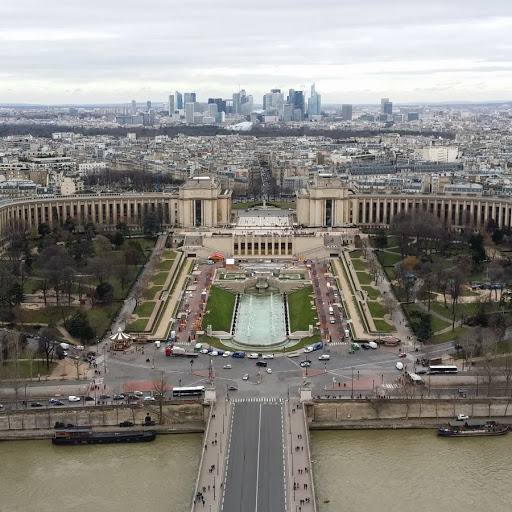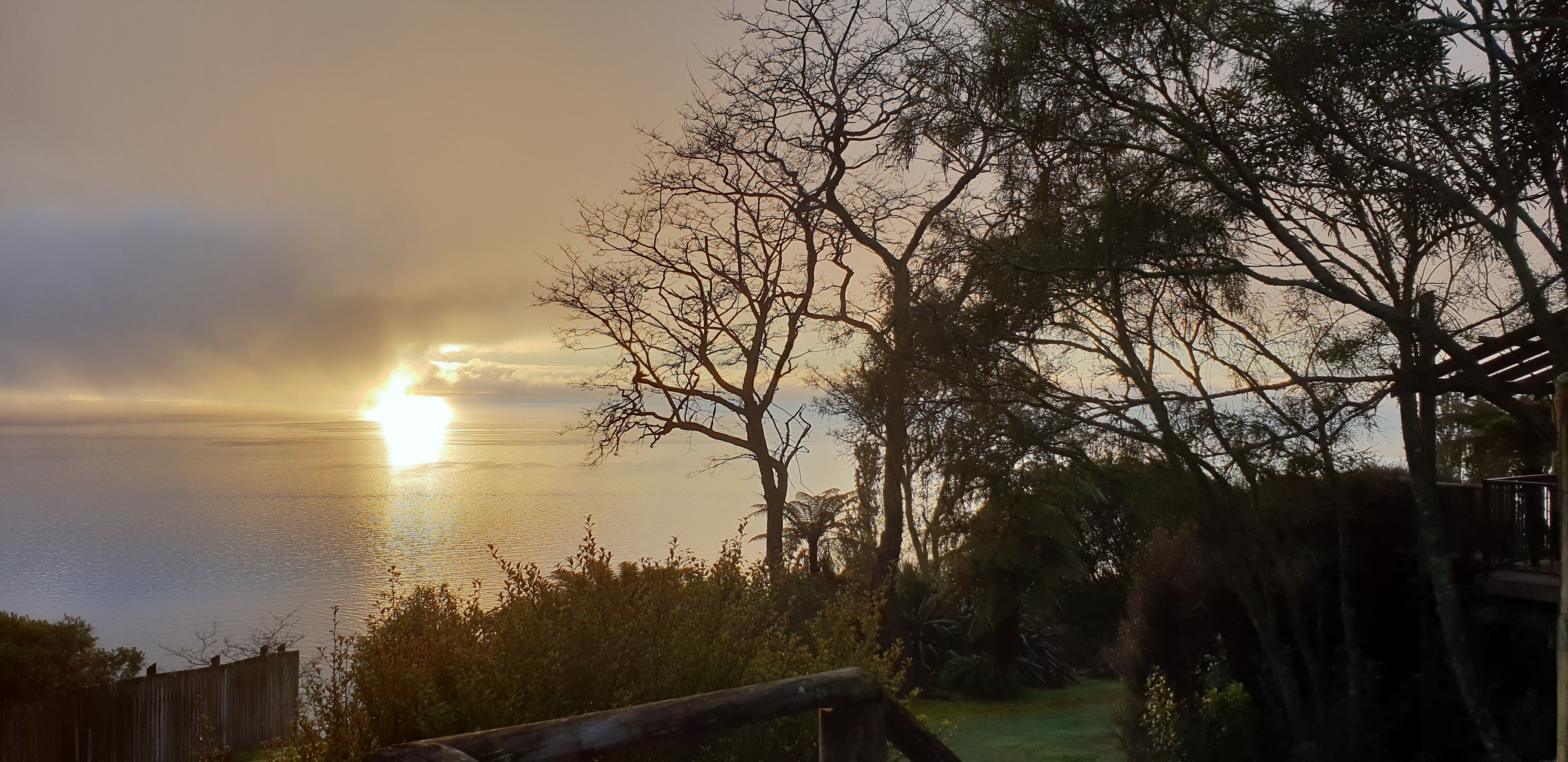The man who had said that we would never make the distance was right.
It had been my idea to go ‘troppo’, forsake everything, hop on a motorbike and go around Australia. I was, at that stage fed up with everything and, catching Harry in one of his low spots, he decided there and then he would join me.
For the first few days, we believed we were stark staring mad and talked about calling it quits, but perseverance made all the difference. After two months we were glad we had the resolve to keep going, and in that time we had managed to see more of the Australian countryside than we’d seen all our lives.
That was until this particular morning when we arrived in Berrigum, what could have been called a one-horse town. It consisted of one hotel, one general store (that sold everything from toothpicks to petrol) and an agricultural machinery depot. It also had a station and some wheat silos, and this appeared to be the only reason for a town in this particular spot in the middle of nowhere.
And it was the railway station that interested Harry, who was, by this time, getting a little homesick and fed up with his motorbike.
After coughing and spluttering for the last week it had finally died, and the five-mile walk to Berrigum had not helped either his temper, or his disposition, and had only served to firm his resolve to return home.
It was hot but not unbearably so, unlike a hot summer’s day in the city, and even worse still in public transport. For miles around as we tramped those five miles all we could see was acres and acres of wheat, but no sign of life. It was the same when we reached the town. It appeared all the people were either hiding or had left. Harry suspected the latter given the state of the road, and the buildings, more or less the epitome of a ghost town.
Standing at the end of what could have been called the main street with only our own dust for company, one look took in the whole town. In a car, one wouldn’t have given it a second look, if one had time to give it a first. I didn’t remember seeing neither any speed restriction signs nor signpost advertising a town ahead.
And since no amount of argument could sway him from his resolve, the first objective was to get a train timetable, if such a thing existed, and make arrangements for Harry’s return.
The station was as deserted as the town itself, and a quick glance in the stationmaster’s office showed no sign of life.
Leaving the bikes on the platform outside the office, we headed for the hotel for both a drink and make enquiries about rail services. Being a hot day and the morning’s tramp somewhat hot and dusty, we were looking forward to a cold glass (or two) of beer.
The hotel looked as though it was a hundred years old though there was no doubting a few relentless summers would reduce it to the same state. It was as bad inside as out, though the temperature was several degrees lower, and we could sit down in what appeared to be the main bar. We were the only occupants and still to find any sign of life. Overhead, two fans were struggling to move the hot air around.
More than once Harry reckoned it was a ghost town and I was beginning to believe him when, after five minutes, no one arrived.
After ten, we stood, ready to leave, only to stop halfway out of our chairs when a voice behind us said, “Surely you’re not going back out there without refreshment?”
“I was beginning to think the town was deserted,” I said.
“It is during the day, but when the sun goes down…”
I didn’t ask. We followed him to the bar where he had stationed himself behind the counter. “The name is Jack.” He stretched out his hand towards us. “We don’t bother with last names here.”
“Bill,” I said, shaking it, and nodding to Harry, “Harry.”
Harry nodded and shook his hand too.
“The first one’s on the house.” He poured three glasses and put ours in front of us. “Cheers.”
In all cases, it went down without touching the sides (as they say) and he poured a second, at the same time asking, “What brings you to our little corner of the earth?”
“Just passing through,” I said, “Or at least for me.”
“And you?” Jack looked at Harry.
“I can’t hack the pace. I can truthfully say I have thoroughly enjoyed the trip so far, except for a few mishaps, but for me, it’s time to get back to the big smoke. My ‘do your own thing’ has run out of momentum. Do you know if there is a train that goes anywhere important?”
The publican looked at him almost pityingly. “Important, eh?” He rubbed his chin feigning thought. “You make it sound like you are in purgatory.”
“Aren’t we?”
I suppose one could hardly blame Harry for his attitude. After all, at the beginning, he had numerous accidents, caught a virus that stayed with him (and a couple of torrential downpours had done little to help it), and now his motorbike had finally died. No wonder his humour was at an all-time low.
For a moment I thought the publican was going to tell Harry what he thought of him, but then he smiled and the tension passed. “Perhaps to a city fellow like you it might be,” he said. “The mail train which has a passenger carriage comes through once a week, and, my good man, you’re in luck. Today’s the day.”
“Good. How do I get a ticket?”
“You’d have to see the Station Master.”
“And where might he be at the moment? We were at the station a while back and there was no sign of life.”
“Nor will there be until the train comes. Meanwhile, there’s time enough for lunch. I’m sure you will stay?” He looked questioningly at us.
I looked at Harry, who nodded.
“Why not.”
Over lunch, we talked.
I remember not so long ago when I had to attend a large number of lunches where the talk was of business, or, if anything, mostly about subjects that I had no interest in. It was always some posh restaurant, time seemed important, the atmosphere never really relaxed, and to get into a relaxed state it took a large amount of alcohol to deaden the despair and distaste of that one had to fete in order to secure their business.
How different it was here.
We talked about the country, and, after seeing as much of it, and worked on it as we had to fund our odyssey, we could talk about it authoritatively. And, most of all, it was interesting.
The atmosphere too was entirely different than it had been in the city. Out here the people were always friendly, people always willing to stop and talk, particularly farmers; share a drink or some food.
There was none of this carefree purposefulness in the city, and more than once I’d thought of the fact one could travel in the same train with the same people for year after year and still not know any of them. It was the same at work. Even after five years I still hadn’t known three-quarters of the office staff, and most of them probably didn’t want to know me. Harry was virtually the only real friend I’d had at work.
But here, in ‘the middle of nowhere’ as Harry had called it, I felt as though I’d known the publican all of my life instead of the few short hours.
Some hours later and after much argument, where Jack and I tried to talk Harry into staying (Jack said he knew someone who could fix anything including Harry’s bike), Harry remained unconvinced and resolute. Jack, to round off the occasion (we were the first real guests from outside he had had in a week) provided another on-the-house ale and then saw us to the station. “After all”, he had said, “I’ve nothing else to do at the moment.”
By that time the station was showing a little more life than it had before. A station assistant, moving several parcels with a hand trolley, slowly ambled towards the end of the platform.
And whether it could be called a platform was a debatable point. It was a gravel and grass affair that looked more like part of cutting through a hill than a station.
At the station, Jack portentously announced he was also the stationmaster and would be only too happy to take care of Harry’s requirements. It would be, he added, “the first passenger ticket sold for several months.” Certainly, the ticket he handed Harry bore witness to that. It had yellowed with age.
One would have thought with the imminent arrival of the train there would be more people, but no. The only event had been the station assistant’s stroll to the end of the platform and back. Now both he and Jack had disappeared into the office and we were left alone on the platform. Very little in the whole town stirred, nor had it the whole time we’d been there.
“Well,” I said to break the silence. “I’m sorry to see you going through with it. I thought I might have been able to talk you out of it…” I shrugged, leaving the sentence unfinished.
“I’m sorry to be going too, but a body can take only so much bad luck, and God knows that’s all I’ve had.”
“Yes.” I couldn’t think of much else to say. “But it’s been good to have your company these last few months.”
“And you. When do you think you’ll get back?”
“When I get sick of it I suppose.”
“Look us up then when you get back.”
“I will.”
Thankfully the appearance of the train in the distance broke off the conversation. I had begun to think of what it was going to be like out on the road with no one to talk to but myself. The thought was a little depressing and I tried not to let it show.
We said little else until the train pulled in, three flat cars, seven enclosed wagons, a passenger carriage and the guard’s van. The train stopped with only part of the passenger carriage and the guard’s van at the station.
The guard took aboard the parcels the station assistant had left for him earlier, and then put those that were for Berrigum on the trolley.
I shook Harry’s hand and said I’d see him around. Then he, the motorbike, and the guard were aboard and the train was off, disappearing slowly into the afternoon haze.
The station assistant then repeated his amble to the end of the platform to collect the hand trolley.
“Staying or moving on.” Jack had come up behind me and gave me a bit of a start.
“Staying I guess, until tomorrow or maybe later.”
“I had heard one of the farm hands is leaving tomorrow heading back to Sydney. There could be a vacancy.”
“Sounds like a plan,” I said.
“I could put in a word for you.”
“Thanks.”
Jack just grinned and we headed for the hotel.
© Charles Heath 2016-2019


























